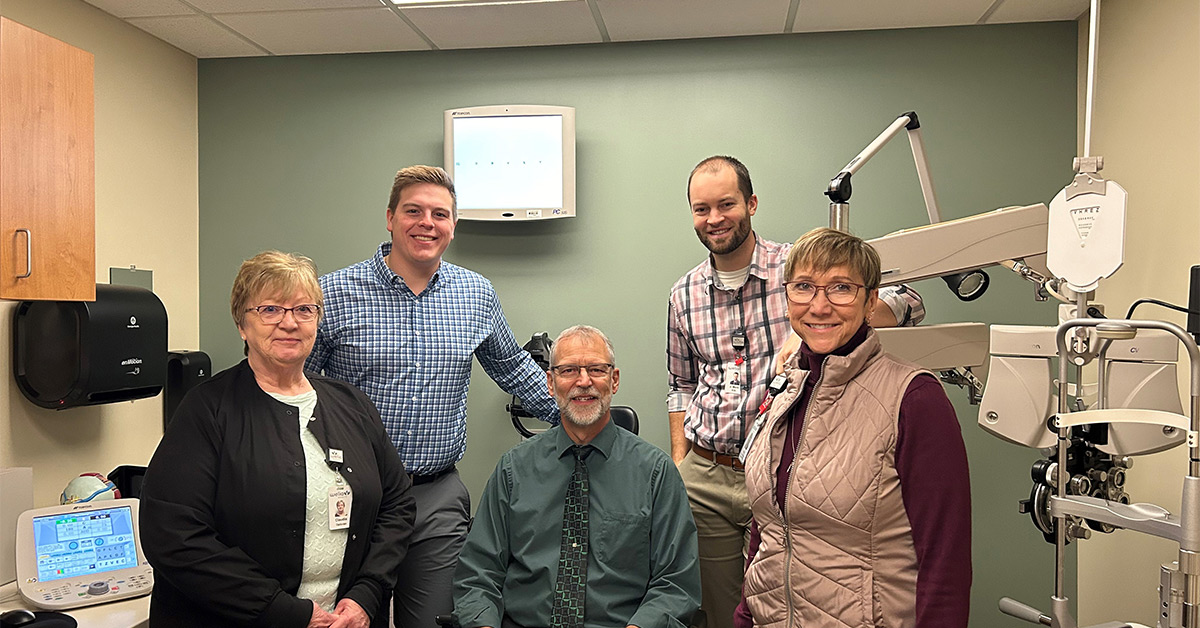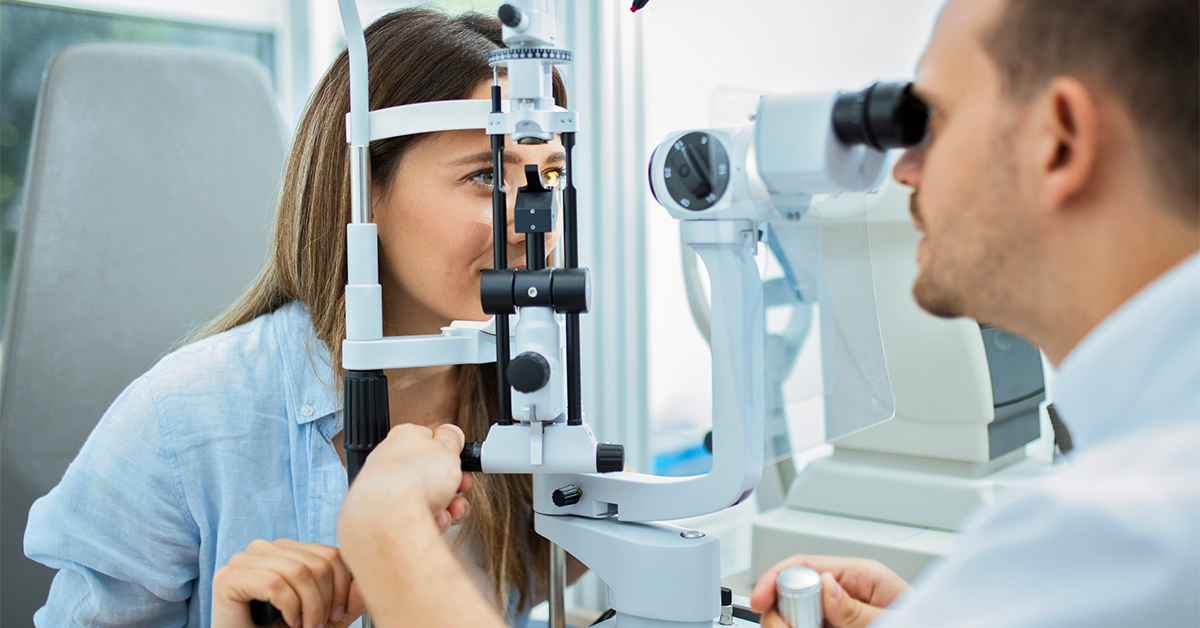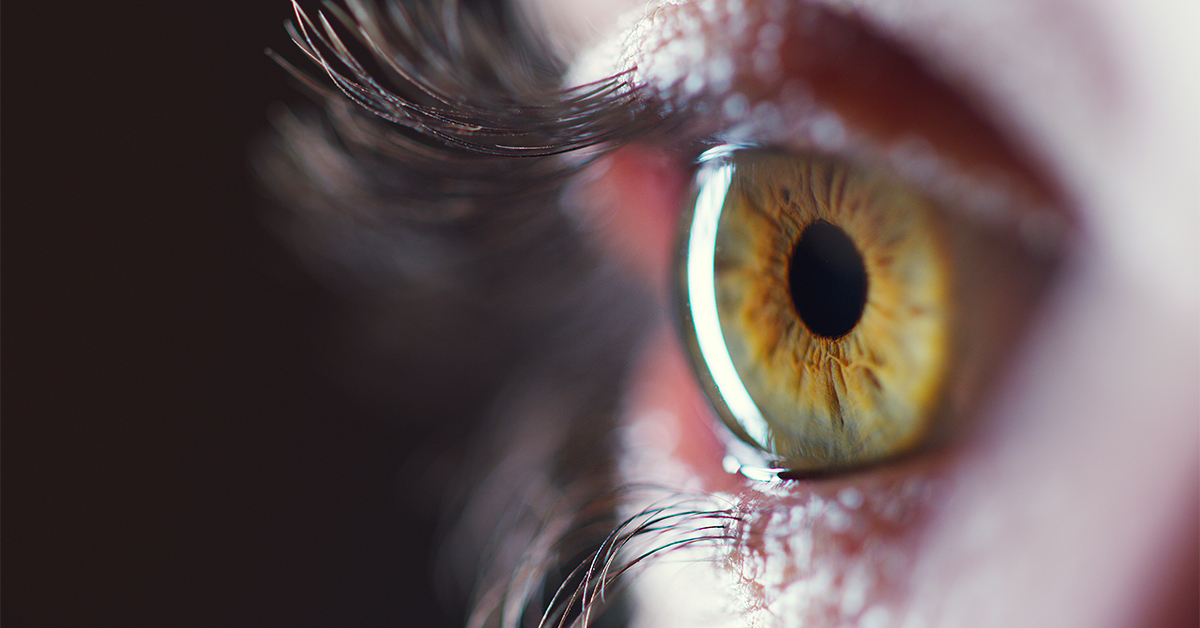Benjamin Franklin, the quintessential inventor, famously solved his own vision problems by creating the first bifocal lenses. His ingenious solution marked a significant leap in eyewear technology. Fast forward to today, and the options for correcting both near and farsightedness have multiplied. But with choices like progressive and lined bifocal lenses, deciding which is right for you can be a blur.
Let’s clear up the confusion. Whether you’re experiencing the initial signs of presbyopia or have been dealing with it for years, understanding the differences between progressive and bifocal lenses is key to finding the perfect eyewear solution for your lifestyle.
Understanding progressive vs bifocal lenses
Choosing between progressive and bifocal lenses is often about preference, lifestyle, and aesthetics. Both lens designs address the need for distance and near vision correction but achieve this differently. As you think about correcting your vision, you’ll want to understand the distinctions between these two popular options.
Decoding progressive lenses
Progressive lenses, often called “no-line bifocals,” create a gradual transition between viewing distances. Imagine looking through a window that gradually adjusts for close-up objects as your gaze lowers. These single-vision lenses have three viewing zones:
- Distance zone: The upper portion is for far-away vision.
- Intermediate zone: The middle area helps with computer use or anything within arm’s reach.
- Near zone: The lower part assists with up-close tasks such as reading.
Advantages of progressive lenses
- Smooth transitions: You experience a natural flow between distance, intermediate, and near vision without any lines, making them ideal for activities requiring a wide range of clear vision. Visuals flow smoothly, freeing you to focus on what matters.
- Improved aesthetics: By streamlining the design, traditional bifocal lines have become a thing of the past, and a more vibrant, youthful look has taken center stage.
- Versatile for everyday use: Whether driving, looking at a smartphone, or reading a book, progressives adapt to different distances, ensuring comfortable vision throughout the day.
Disadvantages of progressive lenses
- Adaptation period: Some people require time to adjust to the peripheral distortion in the transition zones due to the gradual change in lens power. A comprehensive eye exam will determine the best lens powers for your vision prescription. American Academy of Ophthalmology (AAO), it can take anywhere from one week to a couple of months to adapt to progressive lenses.
- Cost: Progressive lenses are generally more expensive than bifocals. However, the added benefits often outweigh the price difference for many.
Imagine no longer needing to swap from one pair of glasses to another all day long. Bifocals make that a reality. Now it’s time to hit pause, scrub through the finer points, and examine what’s hiding in plain sight.
Bifocals
Bifocals have been a trusty go-to for people struggling to see both near and far objects clearly. They have a visible line on the lens, dividing two distinct viewing zones, each with a specific prescription lens strength.
Advantages of bifocals
- Clear vision in two zones: Bifocal glasses offer clear distance and near vision, without blurry transitions. Experience effortless clarity. Bifocal lenses seamlessly combine distance and near vision, so you can switch between tasks without compromising focus.
- Affordability: Bifocals are a more budget-friendly choice than progressives, making them suitable if you’re looking to save money on vision correction.
Disadvantages of bifocals
- Visible line: The line on the lens can be seen as aging, and some find it aesthetically unappealing. Bifocals lack the natural transition progressive lenses offer and may disrupt the flow of vision.
- Jumping images: Some find the abrupt shift between viewing zones disorienting, requiring more frequent head adjustments, especially when transitioning between far and near vision.
- Limited intermediate vision: Bifocal lenses don’t have a dedicated zone for intermediate distances, impacting activities like computer use or reading music.
Progressive vs bifocal lenses: Making the choice to suit your life
When considering progressive vs bifocal lenses, talk to your eye doctor. Experiencing blurred vision or eye strain from too much screen time? Consult with one of Welia Health’s optometrists to determine which lens option – bifocals or progressive – best fits your active digital lifestyle.
Questions to ask yourself and discuss with your optometrist
- How important is seamless vision across all distances? Do you need to see clearly at all times, whether you’re reading a book, working on the computer, or driving?
- Are you concerned about bifocal lines? If aesthetics are important to you, progressive lenses may be more appealing.
- Do you think adjusting to progressive lenses will be difficult? Some individuals may experience an adjustment period with progressives. Talk to your optometrist for tips for managing any discomfort and making a smooth transition. How to Adjust to Bifocals and Progressives, on WebMD offers several helpful tips.
- What financial commitment are you comfortable making? While progressive lenses are typically more expensive, discussing financing options with your provider at Welia Health Eye Care Center might help make them more affordable.
- Do you have hobbies requiring clear intermediate vision? Activities like computer work, crafting, or playing music might benefit from the gradual change in lens power that progressives provide.
Choosing between bifocals and progressive lenses is a personal decision. Your lifestyle, budget, and vision needs will influence the best choice. Let our eye care experts help you find the perfect solution. Call 320.679.2020 to schedule an appointment at Welia Health Eye Care Center or request an appointment online.













